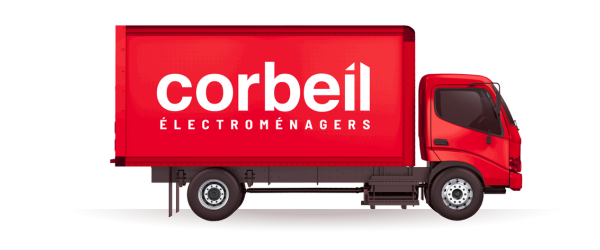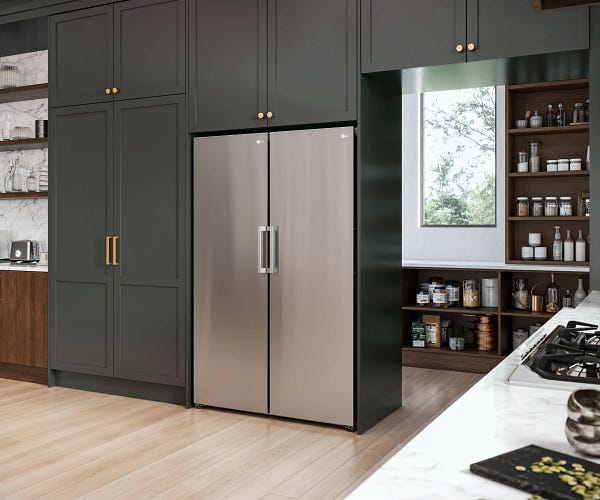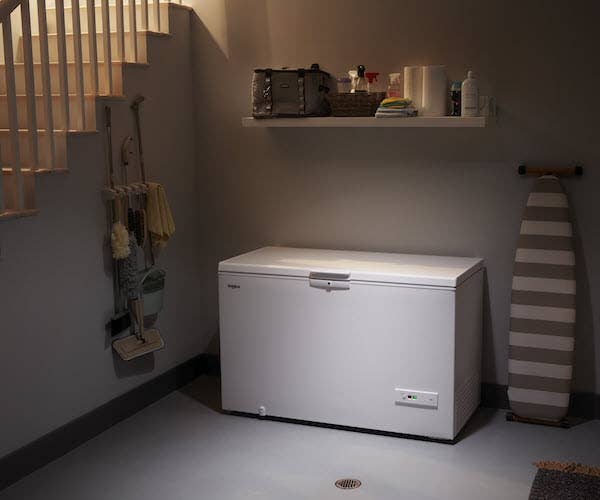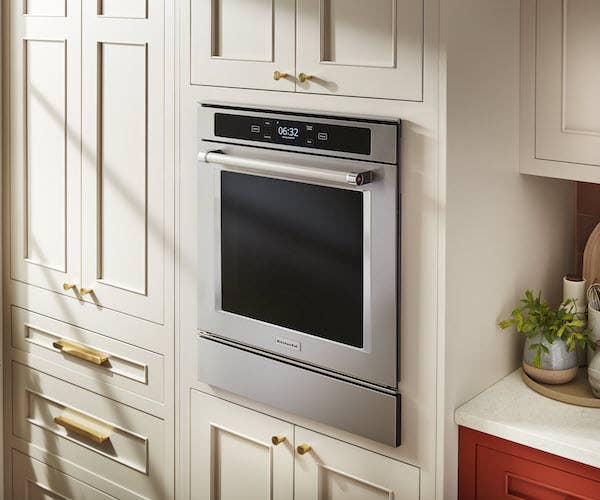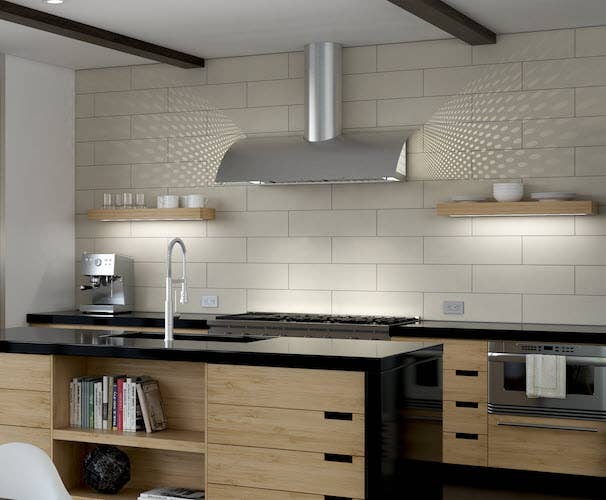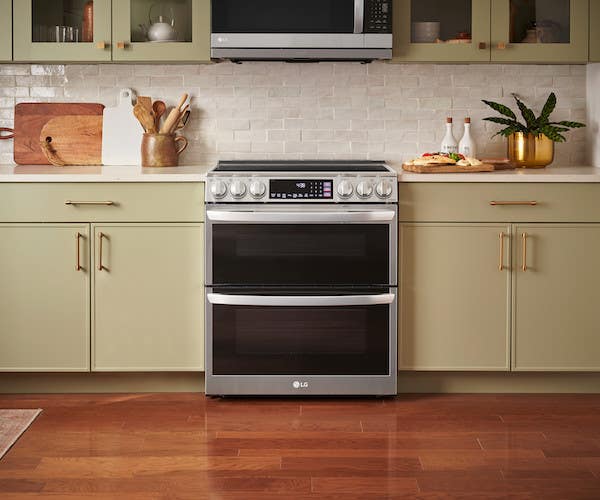Learn How To Buy A Dishwasher
This guide can help you understand everything you need to know about dishwashers, and introduces you to what Whirlpool offers the market.


A GUIDE TO DISHWASHERS:
A HELPFUL RESOURCE FOR DISHWASHER SHOPPING
Size, style, features—there's a lot to consider when looking to buy a dishwasher. It should come down to what best suits your lifestyle and household.
The more you shop, the more you will discover the range of dishwashers and their individual benefits. You need to think about what's most important to you. Do you want a dishwasher that matches your personal style? Is loading flexibility important? Is there a feature you can't live without?
A dishwasher is an important major appliance, which is why it's recommended to start by asking yourself these questions:
What budget have you set?
How much interior capacity do you need?
What noise level would work best with your space?
What style might match, or even enhance, the look of your kitchen?


DISHWASHER SIZES
You'll find that most built-in residential dishwashers are available in one of two sizes: 18"" or 24"". The first step is to accurately measure the space.
Condo or apartment owners need to approach dishwasher shopping differently, paying close attention to noise level and then shifting focus to style and performance.
Owners will smaller kitchens don't have to necessarily only shop for a smaller dishwasher. Instead, think about the space between rooms. If your kitchen is close to where you watch TV or entertain than consider quieter models that are under 50 dBA so that the noise level won't be disruptive.


NOISE LEVEL
Decibel levels (dBA) are used to measure the noise level of a dishwasher. While shopping, keep in mind that the higher the decibel level, the noisier the dishwasher.will be. Furthermore, it's a good idea to understand how decibel levels are measured.
A variance of 1 dBA won't be noticeable to most people whereas a variance of 3 dBA is commonly detectable. A dishwasher with a rating of 40 dBA and under is considered to be virtually silent while in use. On the other hand, a rating of 50 and above could produce a noise level akin to to a normal conversation.
DECIDING ON AN EXTERIOR STYLE
Most people want to cook in a kitchen that appeals to their tastes and a dishwasher is an opportunity to further a kitchen's existing design.
You will have to choose from the following exterior styles: Console, Pocket, Towel Bar, Panel-Ready And Semi-Integrated.
Start the decision-making process by answering these questions:
Is a cohesive look for your dishwasher and cabinets important?
Do you want controls to be visible or hidden?
Recessed handle or a towel bar?








Semi-Integrated or Fully-Integrated Dishwashers
Semi-Integrated Dishwashers: This means that the controls are accessible, flush with the dishwasher door and always visible. Owners can track progress via exterior status lights.
Fully-Integrated dishwashers: This style hides the controls from view. Owners can monitor feedback via status lights with an exterior cycle indicator.


Finishes
Traditionally, finishes were limited to black, white or stainless steel. This has evolved to include fingerprint resistant stainless steel, black stainless steel or, in some instances, the ability to customize cabinets so you can create a unified look for your kitchen.


What is Panel-Ready?
Panel-ready dishwashers have an unfinished door so that they can be customized to match existing cabinetry.


WHAT DISHWASHER INTERIOR IS RIGHT FOR YOU?
How the interior of a dishwasher is configured impacts how items can be loaded. When determining which interior is ideal for you, consider the size of your household, if you often use large or awkwardly shaped items and how often you have guests over.
Interiors usually come in plastic, stainless steel or a hybrid of plastic and stainless steel.
Plastic tubs typically produce the most noise but are also considered to be the most affordable.
Stainless Steel tubs are more stain-resistant, usually quieter and able to handle higher drying temperatures.
BUILT-IN, PORTABLE OR COUNTERTOP DISHWASHER?
Once installed, a built-in dishwashers becomes a permanent fixture in a kitchen's layout and structure.
Portable dishwashers are a good option for kitchens with limited space as they can be moved around or even to another room if needed.
Countertop dishwashers typically fit on top of most counters and may be a great choice for condos or small kitchens.
Whirlpool does not offer portable or countertop dishwashers
24” width is popular with households who use their dishwasher often.
18” width is a smart option for smaller kitchens or owners who use their dishwasher less often.
Tall Tub configuration can fit taller items.
Built-in dishwashers are designed to create a seamless look by fitting below counters and between cabinets.
Some built-in models offer a panel-ready design so that they can be customized to match cabinetry.
Permanent plumbing installation is necessary for all these dishwashers.


FIRST TIME INSTALLATION
The best and safest approach is to always have a trained and certified technician install a dishwasher especially if your home has never had one before.
Start by confirming that your home has the necessary electrical output for a dishwasher to be properly installed. This typically includes a grounded electrical outlet and a dedicated 15 amp circuit. You can not use an extension cord or adapter.
Always consult your new dishwasher’s Use & Care Guide to ensure you are aware of all installation requirements and guidelines.
How Much Does Installation Cost?
There is no set price. Contact the manufacturer's service network and ask for more details about the price of installation.


DISHWASHER PERFORMANCE
Heavy & Targeted Wash Zones: Offers a wide spray zone that can handle heavily soiled dishes and more unique items.
Water coverage: Flexible wash arms and bottle wash sprays offers greater wash coverage.
Filtered-based systems: Generally able to reduce the noise level while providing optimal water and energy conservation.
Cycle options: Customizable options let a wash load dictate performance, including handling more fragile items.
WHY LOADING ABILITY MATTERS?
"Most wash loads include plates, cups and cutlery. Sometimes, though, households need to wash things like delicate stemware, chopsticks or large plates.
These features can improve loading capacity and add much needed versatility:
Adjustable/Flexible Racks: Racks that can be moved for large or awkwardly-shaped items.
Third Level Racking: Specifically for washing smaller items like cutlery, spatulas and chopsticks.
Silverware Baskets: Dedicated for flatware.




FLEXIBILITY AND CAPACITY
A dishwasher should offer the flexibility and capacity that you need.
Features like removable racks, fold down tines and others exist to accommodate the various capacity of a household.


DRYING TECHNOLOGY OPTIONS
Tub Material: The benefits of a stainless steel tub is its ability to retain heat from the wash cycle, resulting in drier items.
Fan Assisted Dry: The addition of a fan accelerates drying performance via the process of replacing humid air with room temperature air. This is usually only available on premium dishwashers.
Heated Dry: This manual option helps dishes reach ""cabinet dry"" once they've gone through the wash cycle. The default setting for this feature is ""on"" so you will have to manually shut it off.
DISHWASHER FEATURES
Soil Sensors
Sometimes referred to as turbidity sensors, these sensors monitor the level of tiny substance particles present in wash water, aiding the dishwasher to determine when dishes are soiled to the point that the cycle needs to be extended so that the wash load gets fully clean.
Delayed Start
This feature lets owners delay a wash cycle's start, allowing a dishwasher to start operation between 2-, 4-, 6-, or 8-hours once loaded.
This lets you run your dishwasher worry-free even when you're not home.




Filters
Filters are an important part of any dishwasher. They work to prevent food from reattaching to items during a wash cycle. Most models usually have a manual or self-cleaning filter.
Manual filters are quieter but the drawback is that you may have to manually clean it on a regular basis. Some self-cleaning systems have a grinder that effectively pulverize debris before discarding it. Certain units are built with additional motor power to perform two functions: discard debris and keep filters clean.
